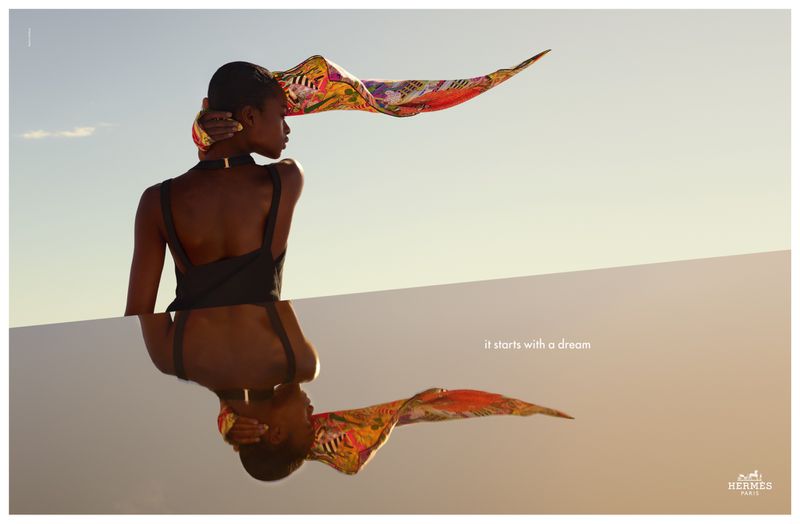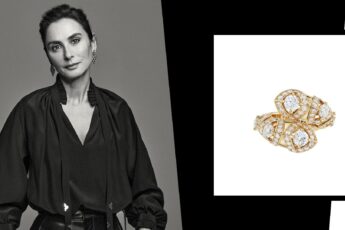Hermès brand history

Hermès brand history is a unique story. In light of the modern fashion world, where companies emerge and disappear at a rapid pace, there are exceptional fashion houses that have stood the test of time. Prominent among them is Hermès, which has won the hearts of fashion and aesthetic connoisseurs around the world for more than two centuries. Initially specializing in the production of high-quality horse harnesses, it quickly gained recognition for the perfection of its workmanship and the unparalleled quality of its products.
Since those humble beginnings, Hermès has evolved into a remarkable fashion house that has become synonymous with luxury, elegance and unique style. We invite you to explore the extraordinary history of the Hermès brand, traveling through the centuries that have carved out its position as one of the world’s most recognizable players. This journey through history is not only a story of craftsmanship excellence, but also a story of constant innovation and adaptation to changing times.
Artisanal beginnings
The history of the Hermès brand goes deep into the 19th century, to the Parisian atelier founded by Thierry Hermès in 1837. But let’s go back even further to 1801, when Thierry was born in Krefeld. He came from a family of French Protestants who had found refuge in Germany from religious persecution three centuries earlier. Raised in the spirit of Calvinism, he believed that the way to wealth was through diligence and reliability. However, he left his homeland quite late as he was in his 30s. It was then that he decided to go to Paris, where he embarked on the path that was to bring him success.

After settling in France, he began manufacturing and trading activities, specializing in products for the horses, such as saddles and harnesses. In 1837, he founded his own company in Paris, named after himself and the mythological Hermes, messenger of the gods. Reaching back to etymology, Hermès, as it is known, was the patron saint of wanderers, who was able to travel all over the world thanks to his magic sandals. This reference to mythology was a perfect analogy for the company’s business, which was also related to movement.
Hermès brand history: new challenges, new directions
Hermès quickly found its place in the world of elegance and prestige, offering its l uxus handicrafts with solid workmanship and innovative solutions. When he founded the company in 1837, travel by horse-drawn carriages, carriages and carriages was common, which contributed to the rapid interest in the products. Their high quality and exceptional technical thought even won them recognition at the 1867 World Exposition. There, the company was awarded the First Class Medal. Customers included famous personalities such as Russian Czar Alexander II, who purchased saddles from Hermès.
After the death of the legendary founder, the company was taken over by his son and then grandsons Adolphe and Émile-Maurice Hermès, who faced new trends. With the advent of cars, the company’s business also changed. Adolphe and Émile-Maurice Hermès moved the atelier to rue Faubourg Saint-Honoré, where the company is still located today. To meet the changing needs of customers, they introduced the first leather collection of suitcases, briefcases and handbags, as well as small leather goods, riding apparel, watches and jewelry.

Adolphe and Émile-Maurice Hermès became pioneers in the European market by introducing zippers to leather goods. This earned them a reputation as the makers of the “Hermès fermature.” The first leather jacket fastened with a zipper was created in 1918. Their innovative approach also resulted in iconic products such as silk scarves. The first was made from leftover lining, but over time the brand has introduced as many as 2,500 designs. Luxury scarves They quickly gained popularity among style icons such as Audrey Hepburn or Jacqueline Kennedy.
Unusual brand identity
Brand history Hermes is also about visual aspects, which play a key role in its recognition and prestige. An important element is the design of the logo, which is not only an identifying mark, but also a reflection of the brand’s philosophy and values. It is a manifestation of the extraordinary beauty, craftsmanship and unique aesthetics of which the Hermès brand is an ambassador.
The Hermès logo depicts a horse-drawn carriage harnessed to a pair of horses visible on the right, complemented by the figure of a man standing opposite. The whole design is kept in orange color on a white background, which gives it an elegant and sophisticated character. Under the graphic is a distinctive typography with the company’s name, which completes the composition and adds to its prestige. The inspiration for this unique logo was a graphic by the author of Alfred de Dreux, which Émile-Maurice Hermès purchased in the 1920s. This delicate gesture became the foundation for today’s Hermès logo, which symbolizes the harmony between tradition and modernity, elegance and innovation.
Hermès brand history today
Nevertheless, Hermès has not stopped at the achievements of the past. It remains true to its roots, while constantly innovating to keep the brand on the cutting edge. From silk scarves, which have impressed for years with their subtle elegance, to the iconic Birkin bags. Each Hermès product is an expression not only of artisanal excellence, but also of a unique style that appeals to the highest aesthetic standards.
Today, the Hermès brand is not only legendary products, but also a comprehensive range including clothing, jewelry, watches and accessories. All of these items are carefully designed and made with the utmost attention to detail, meeting the expectations of the most demanding customers. Hermès has become a symbol of prestige and luxury, whose name is synonymous with excellence and high quality. Despite expansion into new markets and the widening of its product range, this premium brand remains true to its original mission. It continues its legacy as a true legend of contemporary fashion, whose name inspires awe and respect among lovers of elegance and style.








Leave a Comment